Here's how Democrats want the government shutdown to end


The House and Senate each convened for fewer than four minutes on Thursday, and the most substantive thing either chamber did involved House Republicans ignoring an attempt by Rep. Jim McGovern (D-Mass.) to introduce legislation to reopen the full federal government. About a quarter of the government has been shuttered since Saturday amid an impasse over President Trump's demands for $5 billion toward his border wall. The 800,000 federal employees furloughed or working without pay are hunkering down for an extended, often financially fraught standoff.
Congressional Republicans have given up on reaching a solution before Democrats take over the House on Jan. 3. Democratic House leader Nancy Pelosi (D-Calif.) is considering at least three options to get the money flowing quickly, and none of them provide more than $1.3 billion for border security and fence maintenance.
The first option funds all shuttered departments and agencies at current levels through Feb. 8, the second would fund those agencies at current levels through the end of the fiscal year, and the third option involves passing all the outstanding appropriations bills except for Homeland Security, instead financing the department charged with border security at current levels through a stopgap measure. Pelosi's team is also "weighing including multiple funding options in a package of rules for the new Congress," Politico reports, giving "Trump and Senate Republicans several options to choose from."
The Week
Escape your echo chamber. Get the facts behind the news, plus analysis from multiple perspectives.

Sign up for The Week's Free Newsletters
From our morning news briefing to a weekly Good News Newsletter, get the best of The Week delivered directly to your inbox.
From our morning news briefing to a weekly Good News Newsletter, get the best of The Week delivered directly to your inbox.
Senate Republicans say they will only bring up a bill that has 60 votes and Trump has publicly agreed to sign. Democrats don't consider Trump a reliable negotiating partner. They believe they have the political upper hand and hope that if they pass a spending bill, openly frustrated Senate Majority Leader Mitch McConnell (R-Ky.) "will feel pressure to act," Politico reports. "McConnell could also choose to bring whatever House Democrats pass up for a vote, allowing it to publicly fail as a way to force Mr. Trump and Democrats to the negotiating table," The New York Times adds.
A free daily email with the biggest news stories of the day – and the best features from TheWeek.com
Peter has worked as a news and culture writer and editor at The Week since the site's launch in 2008. He covers politics, world affairs, religion and cultural currents. His journalism career began as a copy editor at a financial newswire and has included editorial positions at The New York Times Magazine, Facts on File, and Oregon State University.
-
 6 lovely barn homes
6 lovely barn homesFeature Featuring a New Jersey homestead on 63 acres and California property with a silo watchtower
-
 Film reviews: ‘Marty Supreme’ and ‘Is This Thing On?’
Film reviews: ‘Marty Supreme’ and ‘Is This Thing On?’Feature A born grifter chases his table tennis dreams and a dad turns to stand-up to fight off heartbreak
-
 Political cartoons for December 14
Political cartoons for December 14Cartoons Sunday's political cartoons include a new White House flag, Venezuela negotiations, and more
-
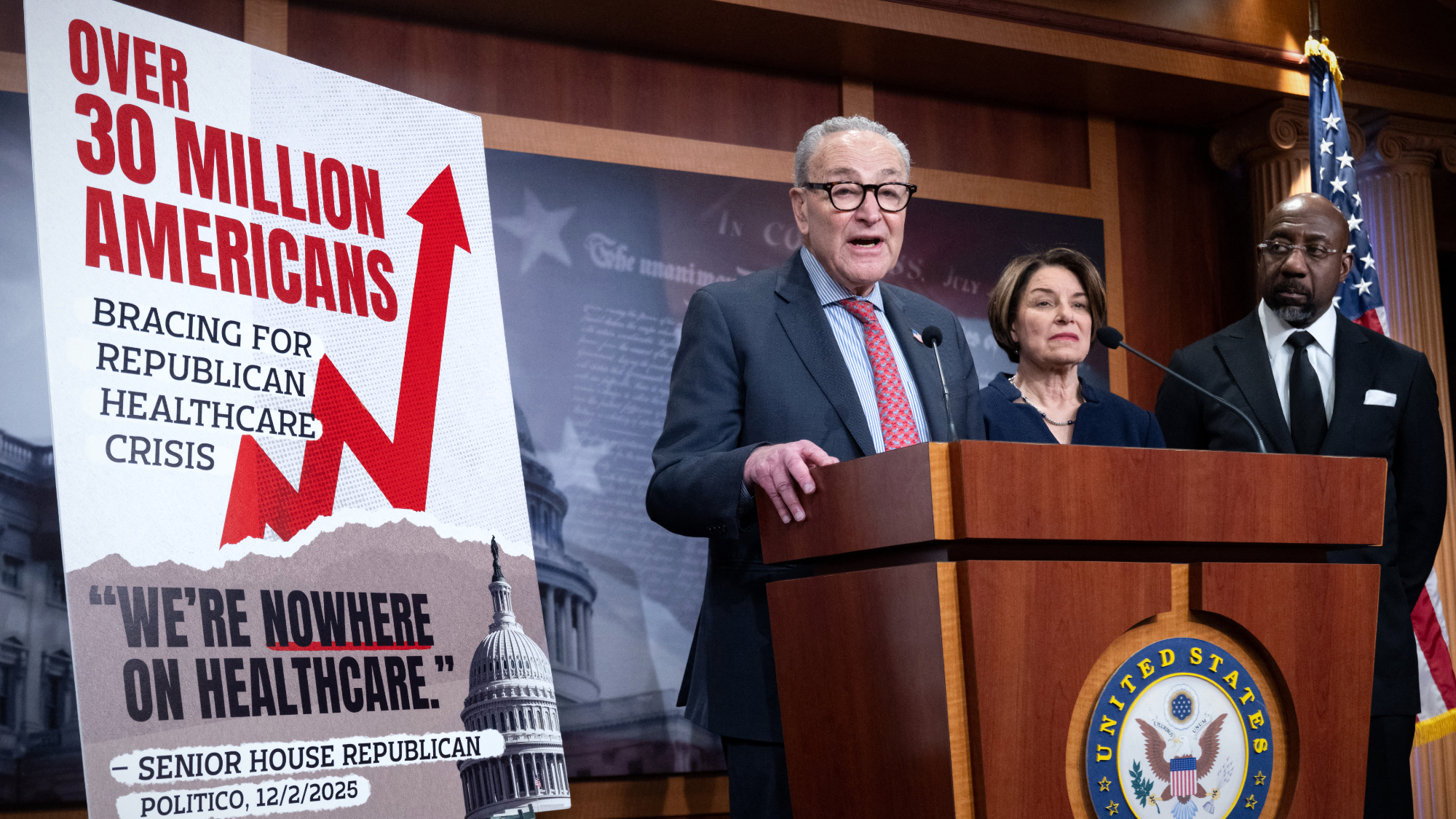 Senate votes down ACA subsidies, GOP alternative
Senate votes down ACA subsidies, GOP alternativeSpeed Read The Senate rejected the extension of Affordable Care Act tax credits, guaranteeing a steep rise in health care costs for millions of Americans
-
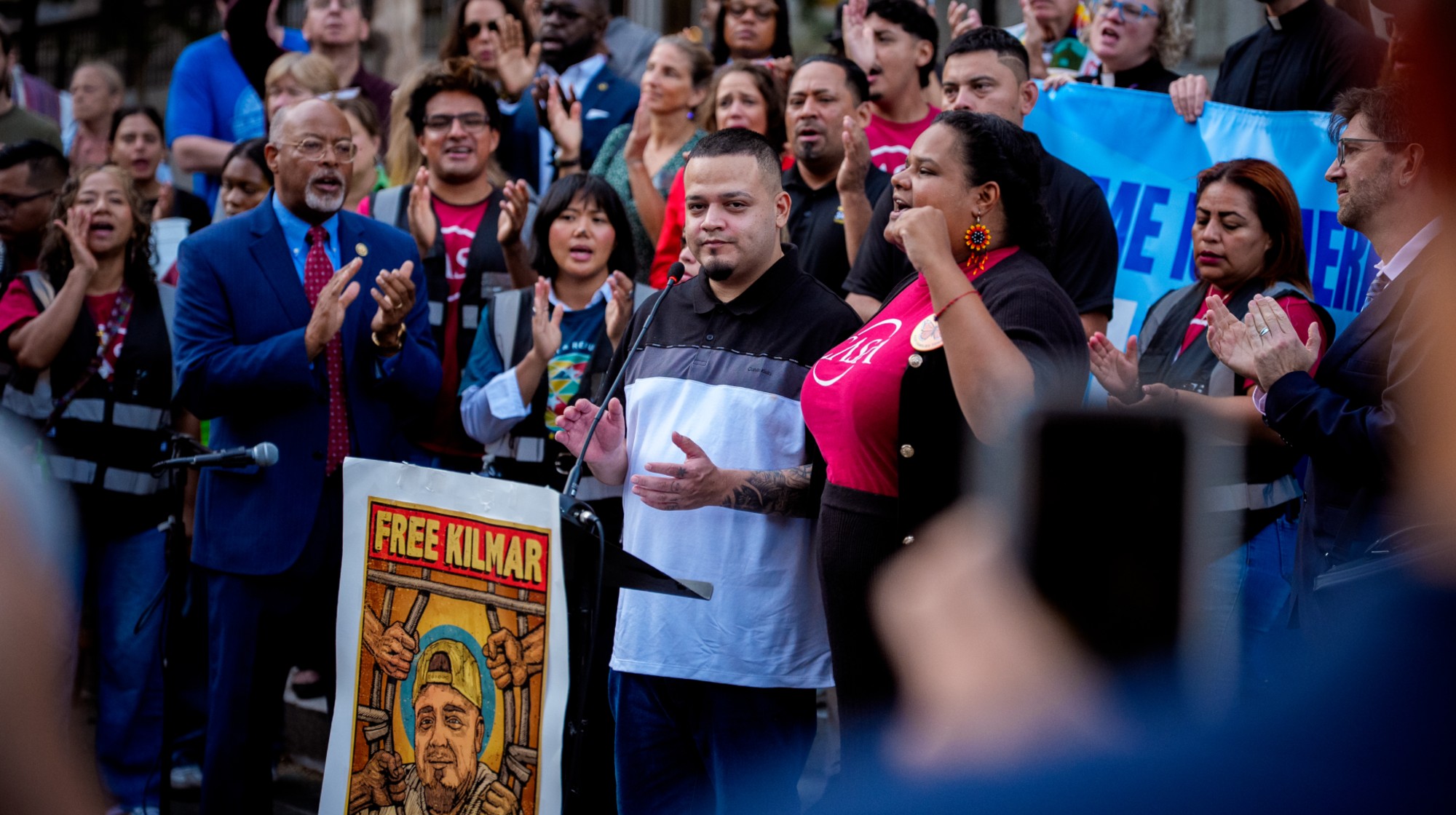 Abrego García freed from jail on judge’s order
Abrego García freed from jail on judge’s orderSpeed Read The wrongfully deported man has been released from an ICE detention center
-
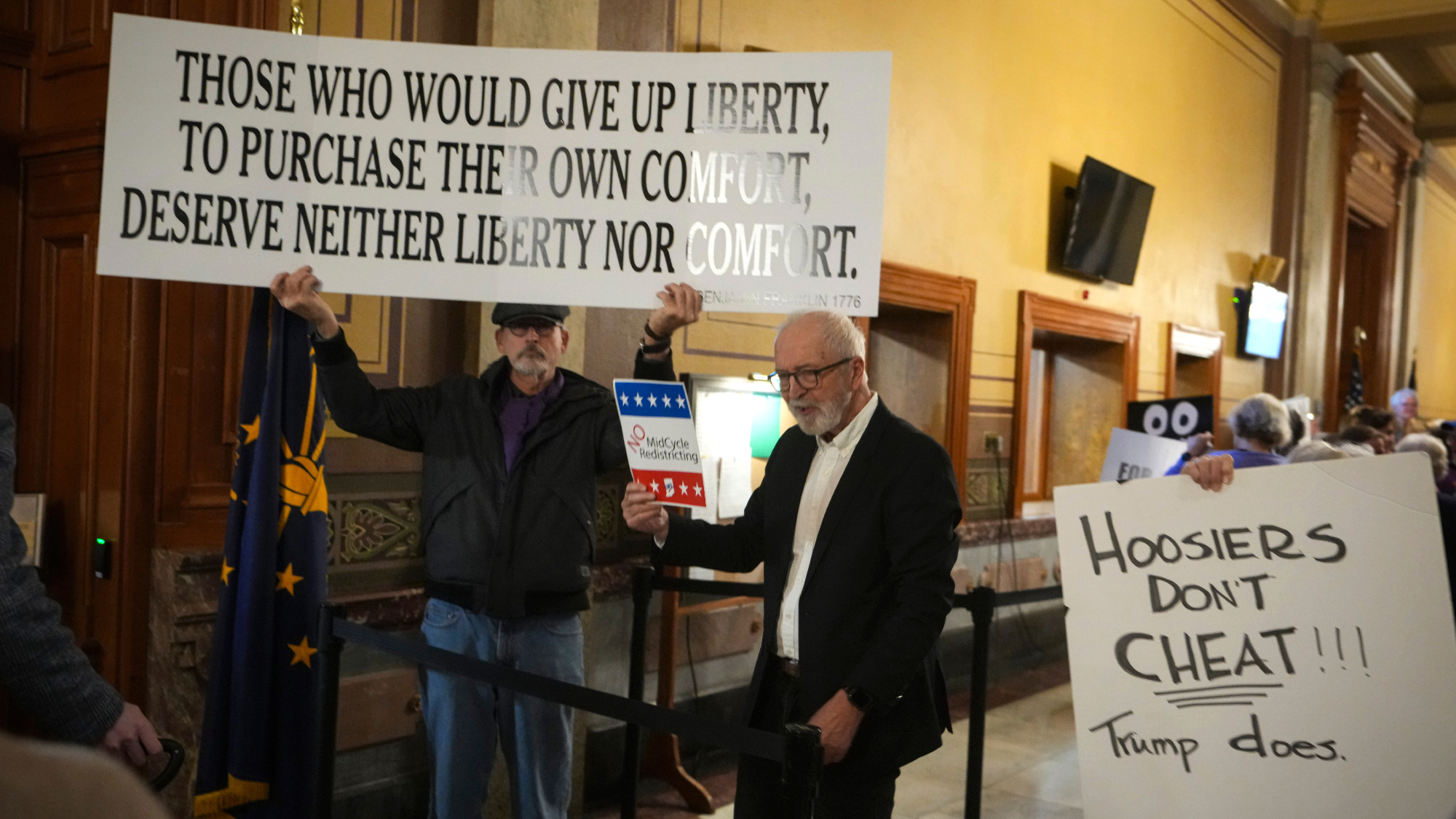 Indiana Senate rejects Trump’s gerrymander push
Indiana Senate rejects Trump’s gerrymander pushSpeed Read The proposed gerrymander would have likely flipped the state’s two Democratic-held US House seats
-
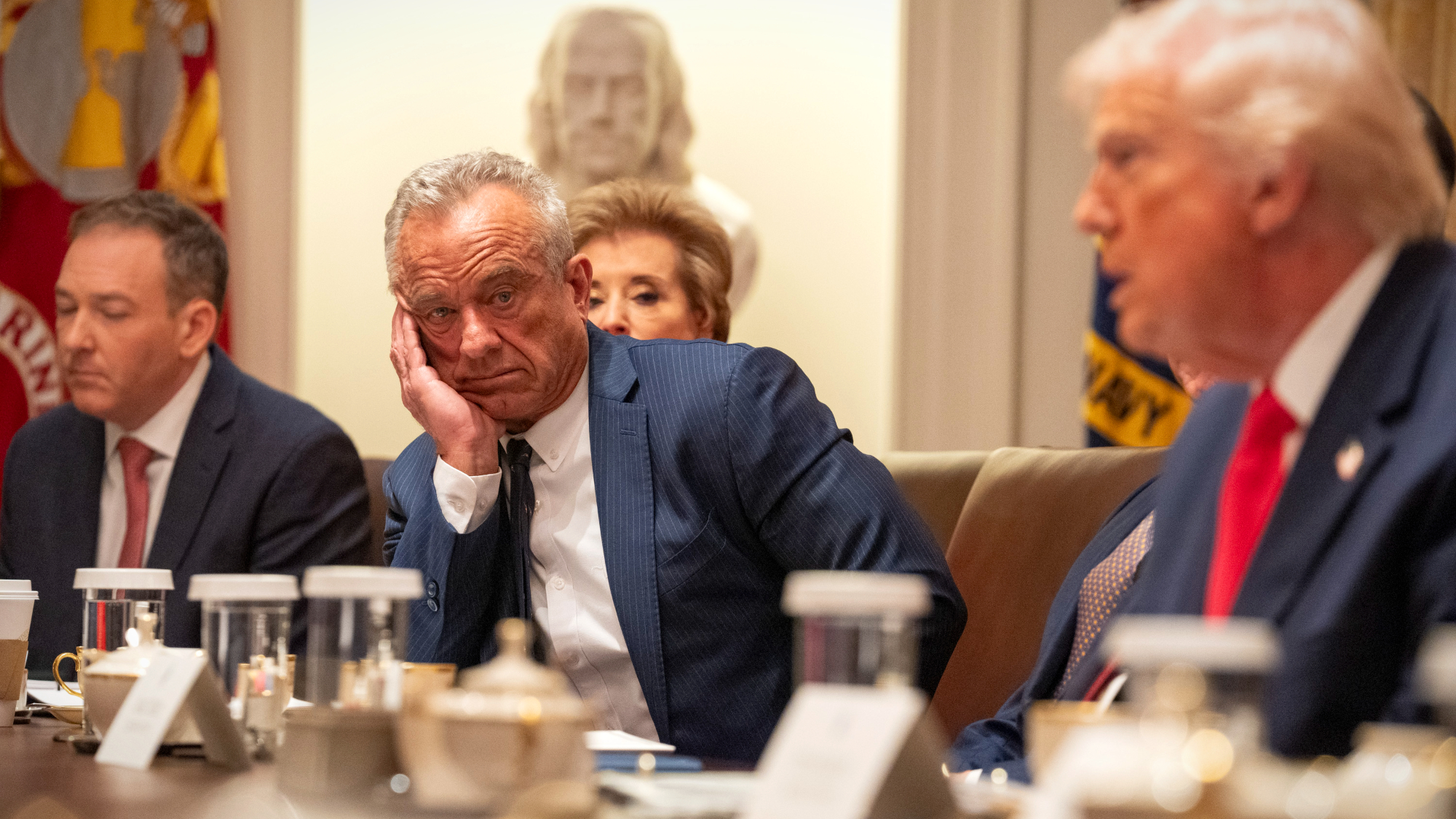 Democrat files to impeach RFK Jr.
Democrat files to impeach RFK Jr.Speed Read Rep. Haley Stevens filed articles of impeachment against Health and Human Services Secretary Robert F. Kennedy Jr.
-
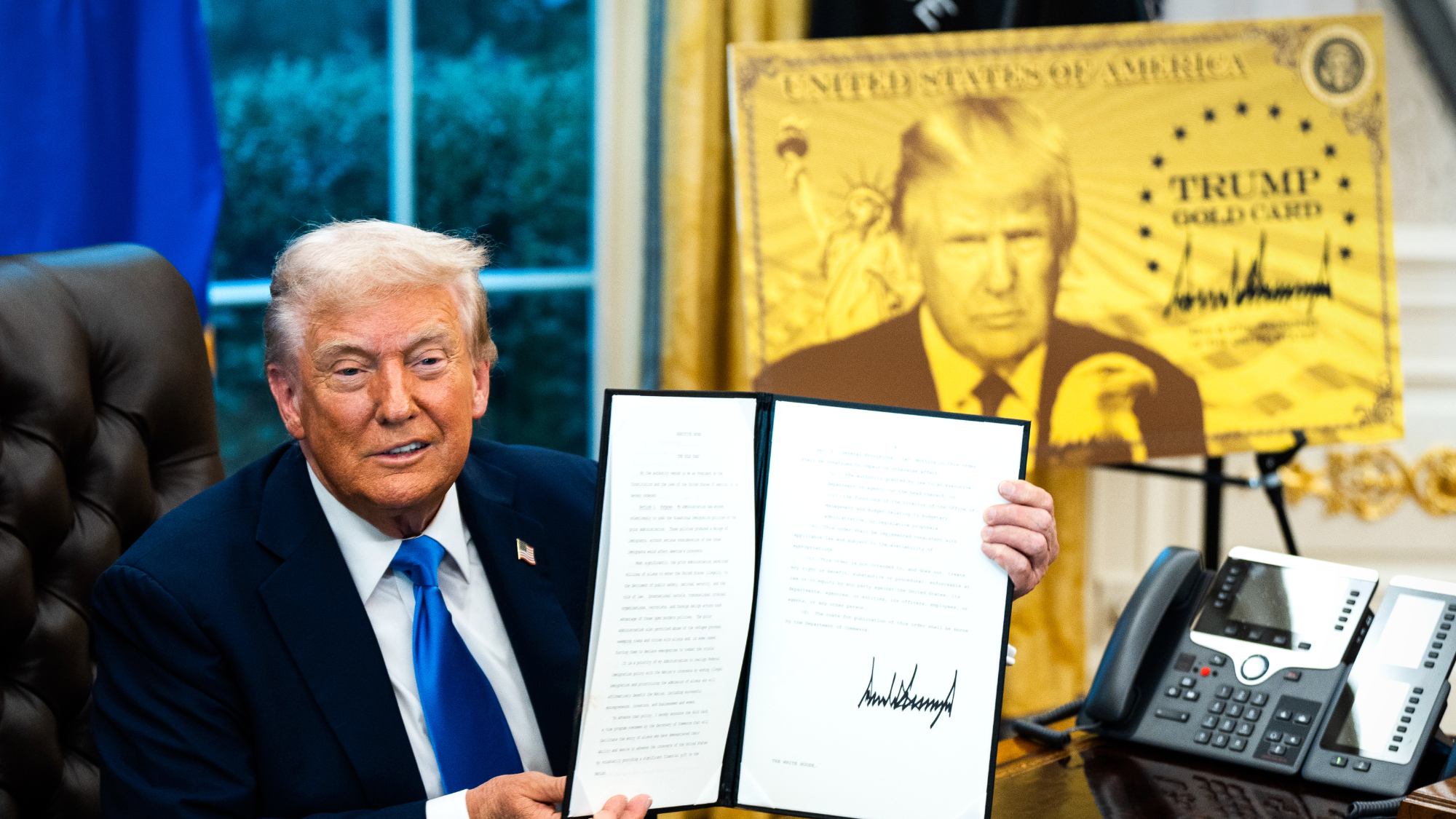 $1M ‘Trump Gold Card’ goes live amid travel rule furor
$1M ‘Trump Gold Card’ goes live amid travel rule furorSpeed Read The new gold card visa offers an expedited path to citizenship in exchange for $1 million
-
 US seizes oil tanker off Venezuela
US seizes oil tanker off VenezuelaSpeed Read The seizure was a significant escalation in the pressure campaign against Venezuelan President Nicolás Maduro
-
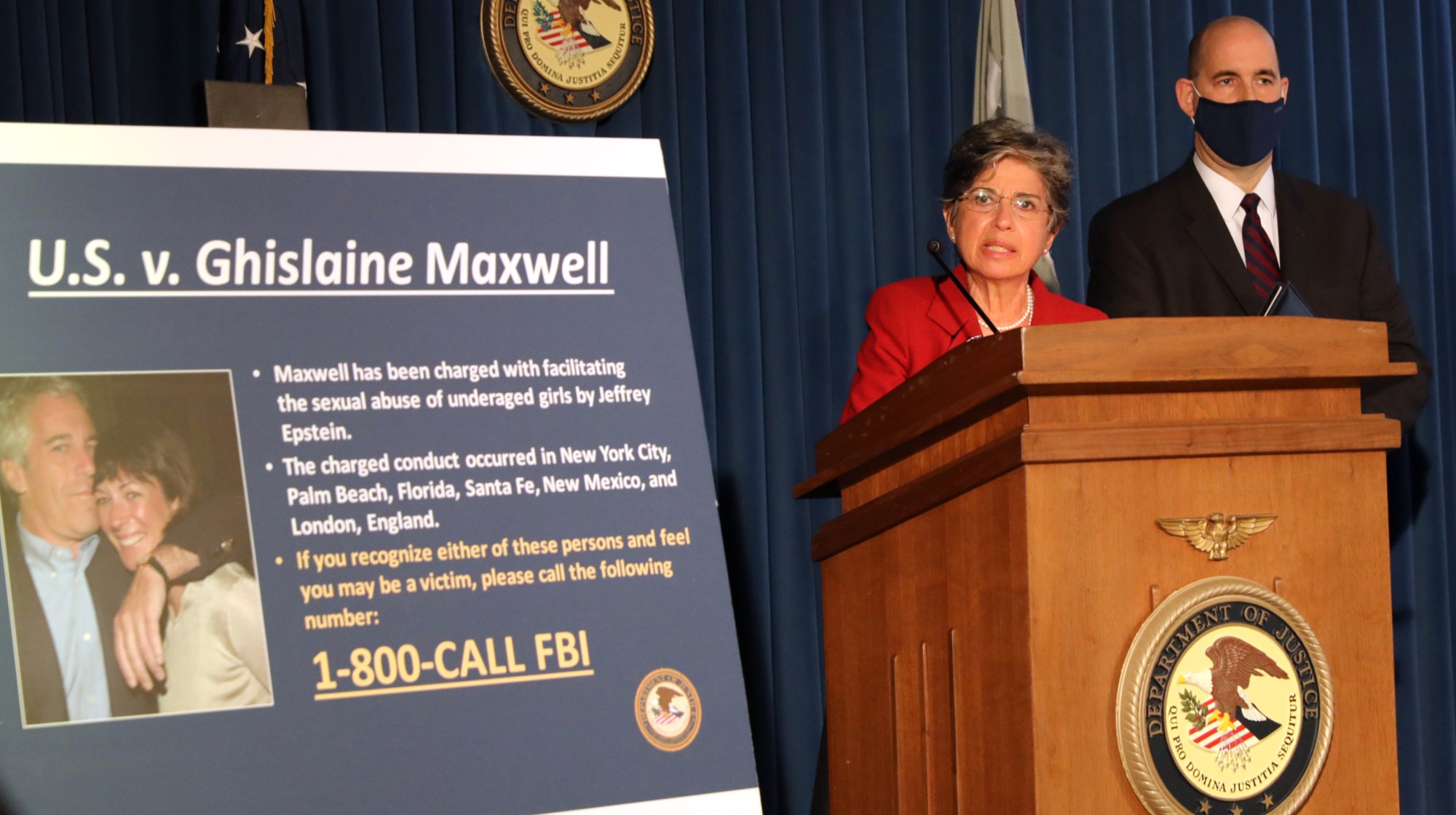 Judge orders release of Ghislaine Maxwell records
Judge orders release of Ghislaine Maxwell recordsSpeed Read The grand jury records from the 2019 prosecution of convicted sex offender Jeffrey Epstein will be made public
-
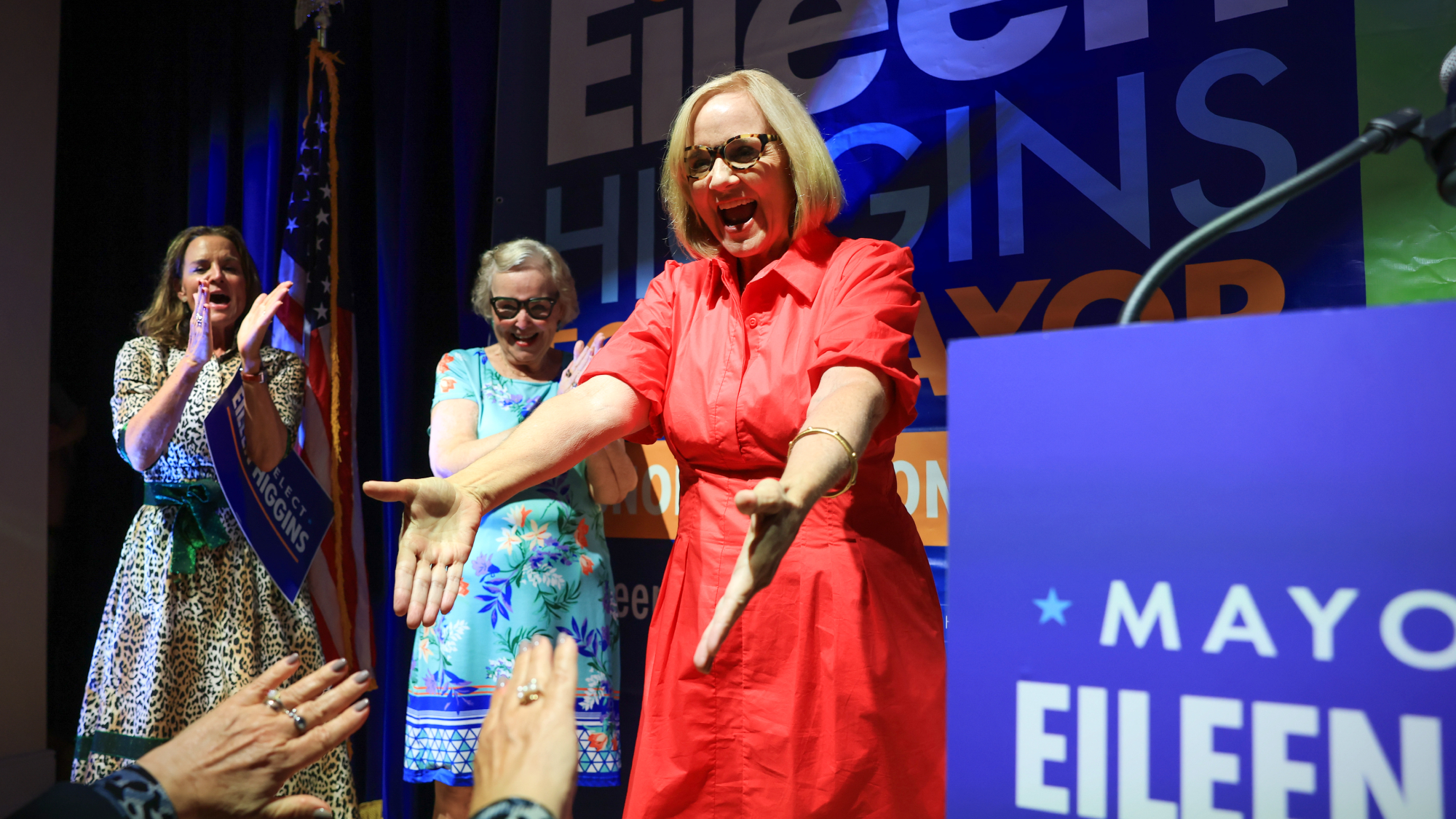 Miami elects first Democratic mayor in 28 years
Miami elects first Democratic mayor in 28 yearsSpeed Read Eileen Higgins, Miami’s first woman mayor, focused on affordability and Trump’s immigration crackdown in her campaign
